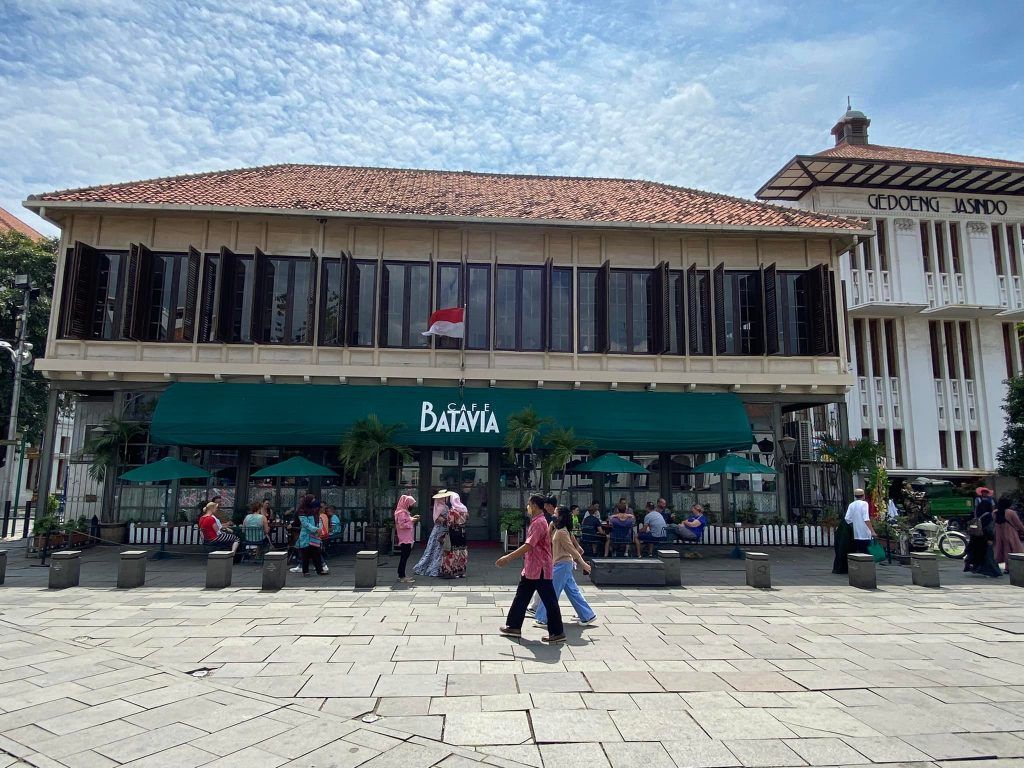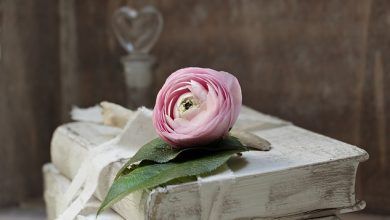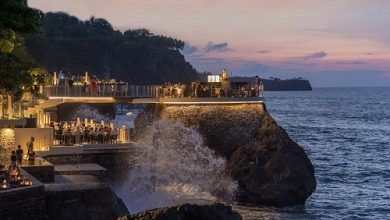
Jakarta’s Dutch Connection
Jakarta : For centuries Pelabuhan Sunda Kelapa has been a busy harbour of Jakarta. Once it was a favourite port of merchant vessels from Europe and India. Its role as an international port of importance is over in the 21st century. Now it is playing an important role in the country’s march to progress by managing inter-island cargo traffic of the 17508-island archipelago.
This port played a vital role in the victory of Prince Fatahillah of Banten over Javanese Pajajaran rulers. He conquered the area in the year 1526. On June 22, 1527, to mark his victory over Pajajaran, Fatahillah renamed the city as Jayakarta. In the annals of history this is the founding day of the city Jakarta.







Pelabuhan Sunda Kelapa once again played a crucial role in the region’s history when in the year 1619 Dutch governor J.P. Cohen took over the harbour to overrun the city. Home sick he must have been because after the takeover he went on to develop a beautiful new township, Batavia, closer to the harbour. The new township’s design and architecture were based on his Dutch roots and the cityscape of Amsterdam.
Courtesy Pelabuhan Sunda Kelapa, under the Dutch rule Batavia grew as an important trading centre of Dutch East India Company and developed into a city of beautiful buildings, canals and bridges. It came to be known as ‘The Queen of the East’.
Batavia today is one of the most beautiful sections of Jakarta. It represents the city’s Dutch connection with pride and has become a popular tourist destination. Massive efforts are on to develop the entire area as tourism friendly heritage site.




Unique wide open plaza surrounded on four sides by beautiful Dutch era buildings is the heart of Batavia. There are three museums around this plaza called Fatahillah Square, with Museum Fatahillah leading the pack.
Under a section of this square was a prison managed by Dutch authorities. Prisoners were housed in separate male and female halls of three feet height. Spending even a minute, crouched in the claustrophobic cell, was torture.
This beautiful double-storey Museum Fatahillah is home to Jakarta’s history. On its right was a museum of fine art and ceramic and on the left a puppets museum. Behind this was a museum of banks. Across the square, facing this museum building was a double-storey retro style Cafe Batavia— a pit stop for Dutch cuisine and pastries and Indonesian delicacies. Its large windows overlooking the square, high ceilings and wooden interior introduce you to the old world charm and the black and white pictures on walls transport you to the Hollywood of 60s.
After going up and down the streets of Batavia as well as cycling in the Fatahillah Square and enjoying a sumptuous lunch at the Dutch era Cafe Batavia time was right to explore the historical Pelabuhan Sunda Kelapa. In Bahasa Pelabuhan means harbour, an anchorage, a port.

#INDIANTHEM..sing for India, It’s not just a competition, it’s an expression of your feelings for your motherland, for its beauty, for its character, for its culture, for its tradition, for its glorious history, for its freedom fighters, for its developing present and for its bright future. So, let’s participate with lot of vigor and let the world hear your voice in reverence for your nation. Local Post and 1857 REVOLTEAM supports every voice which speaks for India. #culture#india#music#singing#soulfulm#Indianthem#vocals#classicalmusic#ContemporyMusic#folkmusic#singingcontest#soulfulMusic#onlineevents#event#eventstreaming
Drove down to the port area parking and went for a stroll. Dozens of schooners were berthed in the harbour loading and unloading cargo. Many seemed to awaiting the next consignment. For those who are interested in maritime history of the region a museum is in the vicinity.
To enjoy the harbour’s waters and get a closer look at the schooners a 50,000 IDR deal was struck with a boatman for a 30-minute ride which took me to the mouth of the harbour where waves were turning choppy.
In hindsight a good decision it was. On the boat time seemed to have come to a standstill. I was in the 17th century time zone. The year 2022 was only marked by a couple of tall buildings on the harbour’s left and a wide expanse of modern day cargo containers and dozens of large cranes on the right. Cranes and large containers were there but loading and unloading of cargo continued to be a manual operation at this harbour of the 15-16th century era.




